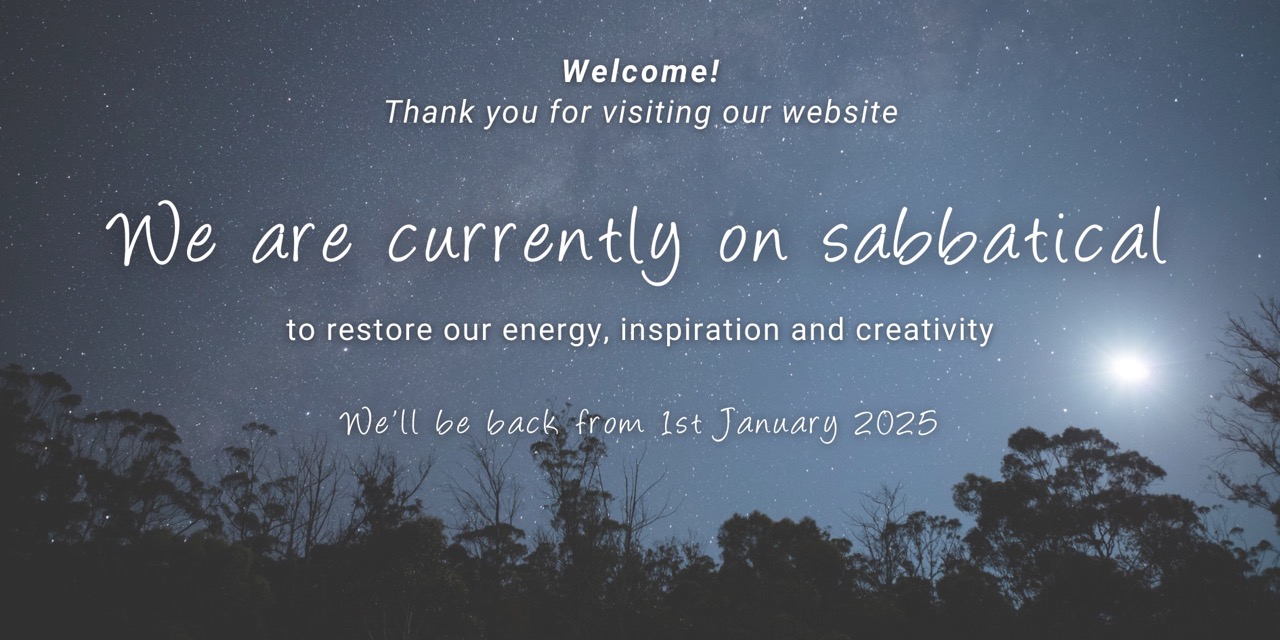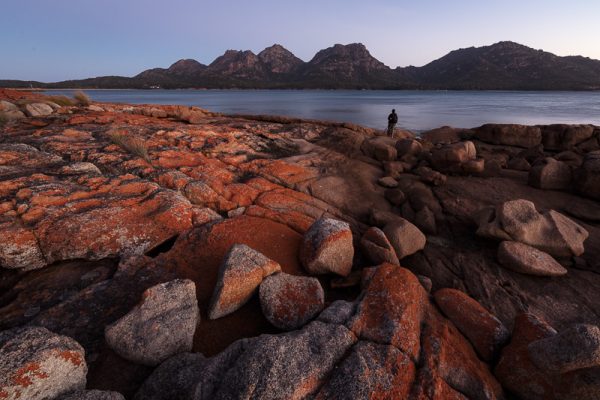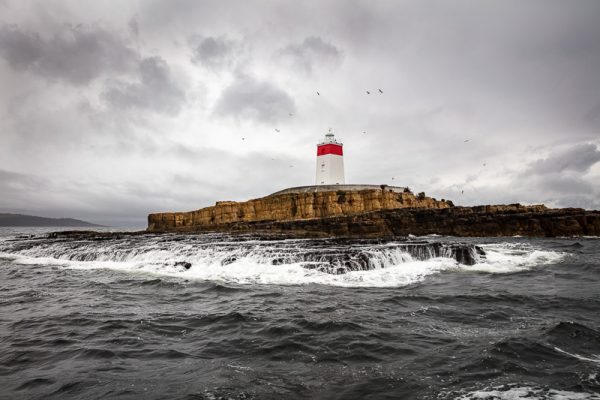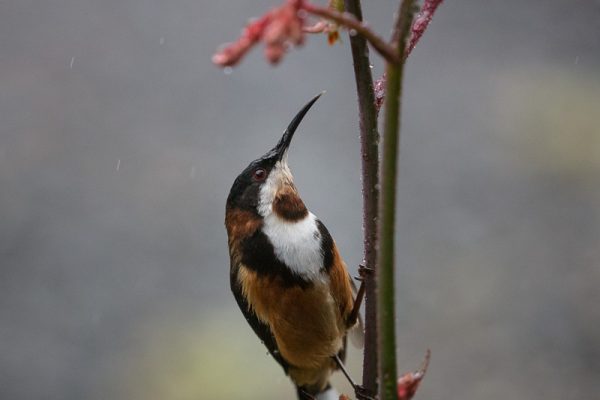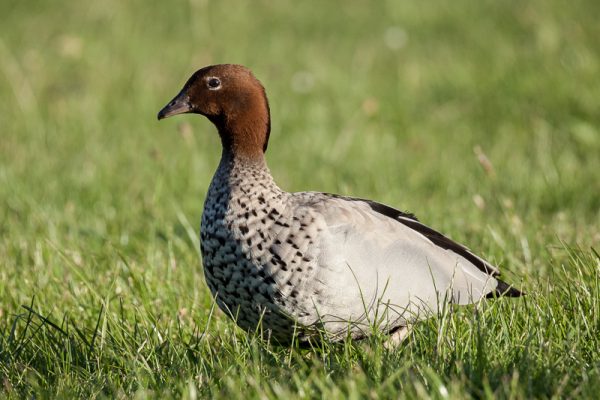“Which lens should I choose?”
To accompany a DSLR or mirrorless camera, there’s a rather large range of lenses to choose from. What you choose to go with your camera relates to what you intend to photograph, and your budget of course. Another factor will likely be the size and weight, especially if you plan on travelling with your camera. There’s a number of other factors too, like maximum aperture (f-number). However in this post, we focus on Wide-angle vs Telephoto lenses, and which type is suitable for different genres or subjects.
Firstly, it’s a worth having an understanding of “focal length”
Lenses come in different lengths. The length is expressed in millimetres and is referred to as “focal length”. Focal length relates to how much of the scene will be captured in-camera – also known as the “field of view” or “angle of view”. Your perspective of the scene will go some way to helping you determine the focal length (and therefore lens) that you’ll use.
As the name implies, a wide-angle lens has a wide field of view. It has a shorter focal length, or small number in ‘mm’ and provides a wider angle of view; you might say that it is less magnified. This type of lens is great for landscapes because it allows you to capture more of the scene in front of you (a wider view) in-camera.
A telephoto lens comes with a longer focal length, or higher number in millimetres (mm). It has a narrower field of view. Some may relate this to the level of magnification or ‘zoom’ achieved. This lens is ideal for achieving a magnified view of your chosen scene, while allowing you to remain a distance away from your subject.
Different lens types, their focal length and potential uses:
Ultra-wide and Wide-angle (10mm to 35mm* focal length). As mentioned above, I find this type of lens best for landscape photography. In landscape photography, you generally want to capture a wider field of view so as to give the viewer a sense of the overall scene.
* The interpretation above assumes a 35mm (“full frame”) equivalent. To learn more about different sensor sizes and its effect on focal length, read our blog Full frame vs Cropped Sensor.

Standard lens (50mm up to 135mm focal length). A fantastic general-purpose lens, ideal for everyday use and portrait photography. With this type of lens, you can fill the majority of the frame with your subject while remaining a comfortable distance away.
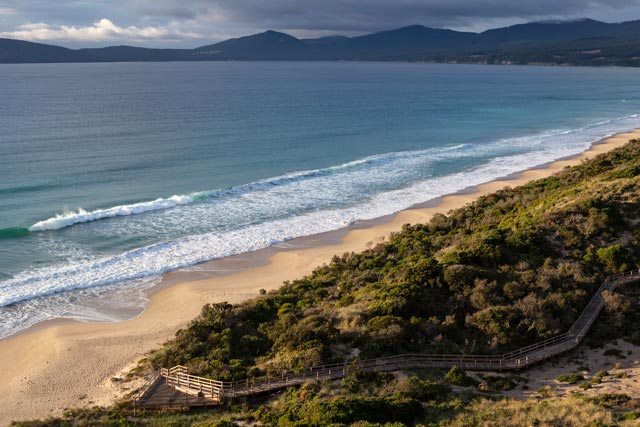
Telephoto to Super-telephoto (between 200mm and 800mm focal length). This type of lens is mostly used for bird, wildlife, action or sports photography. Great for those moments when it’s not possible or easy to be physically close to your subject.
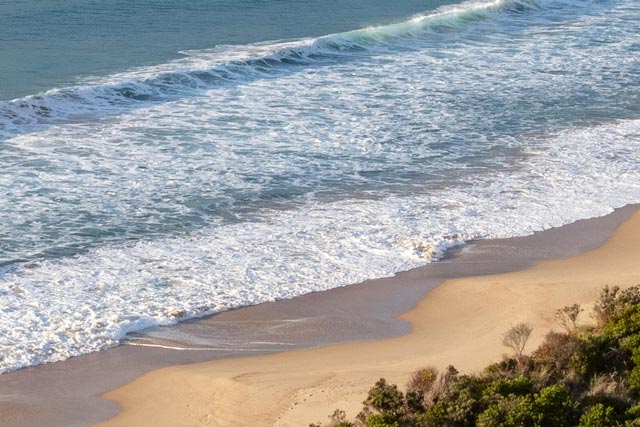
A little about zoom lenses
Many photographers opt for lenses with the ability to zoom. This means the lens can be adjusted to a desired focal length in a range. It provides the photographer more versatility when composing their subject/s. However, there are lenses known as ‘prime lenses’ which have a single focal length. These are usually lighter than zoom lenses and mostly produce higher quality images due to being optimised for just one focal length. In a later blog post about lenses, we will cover the topic of Prime vs Zoom lenses.
My favoured lens
The lens I mostly use with my full-frame camera body is a 24-70mm f/2.8. This lens is a fantastic all-rounder that provides me with the freedom to switch between landscape and portrait photos, without the need to change lenses.
Here’s a selection of images to demonstrate the effect of different focal lengths. These photos were captured with a full-frame camera. Hover your cursor over the image and read the file name to find out the focal length of each image.
Focal lengths:
Row 1
Image #1, Coles Bay landscape: 14mm
Image #2, Lighthouse: 24mm
Image #3, Roy portrait: 85mm
Row 2
Image #1, Wombats: 100mm
Image #2, Bird in tree: 300mm
Image #3, Duck: 600mm

